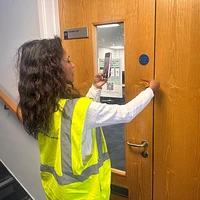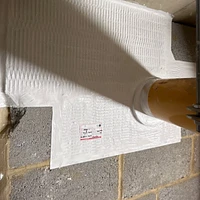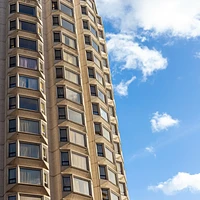We specialise in passive fire protection that meets the highest standards of safety and compliance.
With decades of experience and a team of industry-leading experts, our focus is on delivering the right solution.
-

Safety and Compliance First
With 3rd party BMTRADA certified, we follow strict regulations and inspect every installation to the highest industry standards.
-

Industry-Leading Experts
With decades of hands-on experience, our team delivers practical, fully compliant fire protection across complex projects.
-

Built on Integrity and Trust
We take pride in doing things properly - no shortcuts, just honest, high-quality work tailored to your needs and budget.
Fully certified & accredited passive fire protection
Safety and compliance are the foundation of our business.
We’re fully certified to provide passive fire protection in line with the latest UK regulations and safety standards.
Our Passive Fire Protection Services
We provide a complete range of passive fire protection services with the capacity to deliver on major contracts, keeping buildings and people safe.
Experts Within A Range of Sectors
Our fire protection services are trusted by clients across the public and private sectors - from social housing and NHS trusts to universities, commercial offices, and industrial sites, we understand the unique compliance demands of each setting.
Our Projects
From complex healthcare facilities and unique heritage buildings to social housing and universities - take a look at some of our latest projects.

University of Southampton
Fire door inspections across 49 student accommodation blocks.
Our team surveyed over 15,000 doors serving student rooms, kitchens and corridors. All inspections followed BM TRADA Q-Mark standards and were completed during term time with minimal disruption. The university received a clear, estate-wide compliance record to support future remedial works and long-term fire safety planning.


Worthing Homes
Full fire door replacement across occupied residential properties.
We installed 200 FD30s PAS24 front entrance doors in homes across Worthing. A dedicated project team ensured consistent quality from survey to installation, with resident communication at the heart of delivery. All doors met strict fire and security standards, and the works were completed on time, on budget and with minimal disruption.

















.webp)



